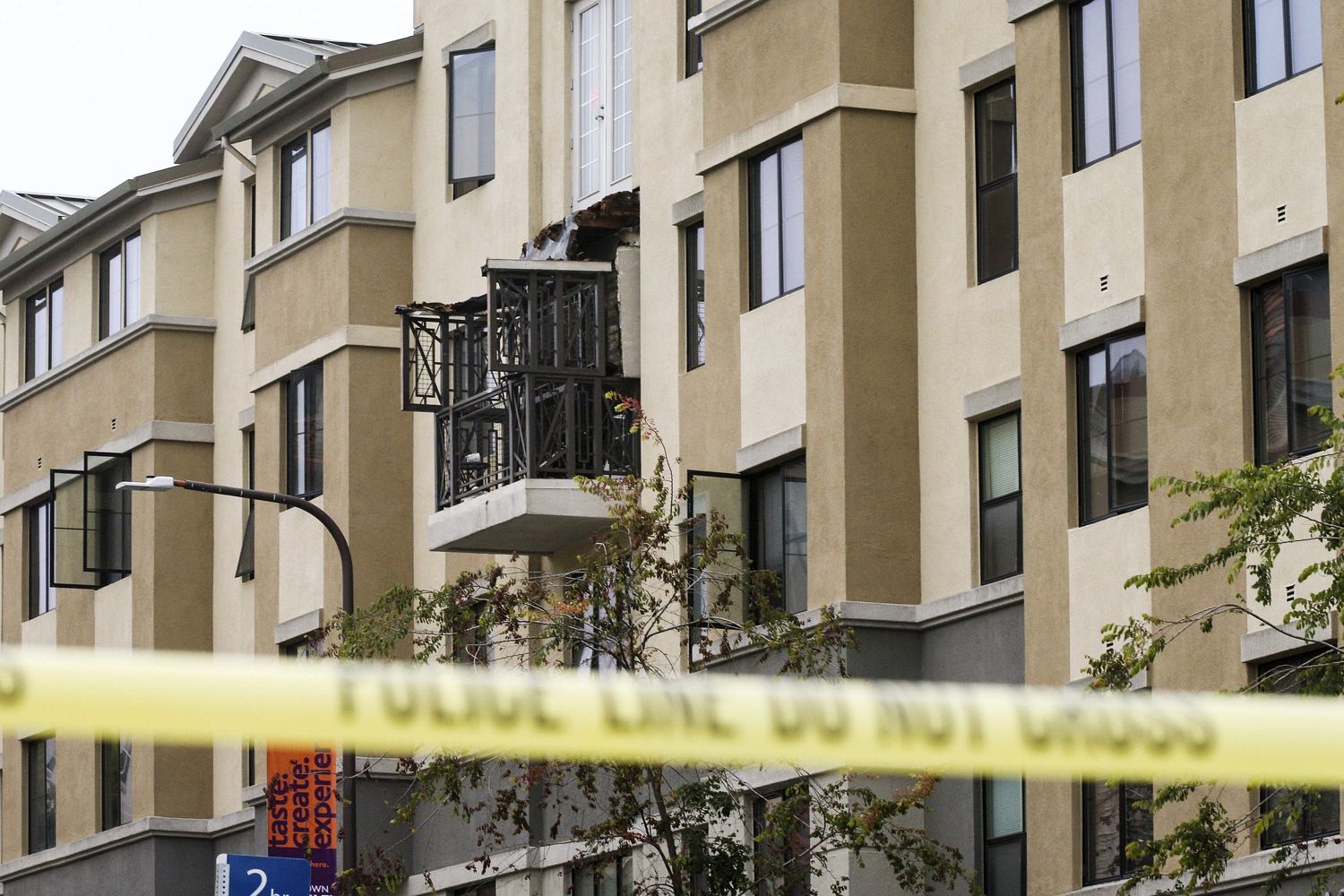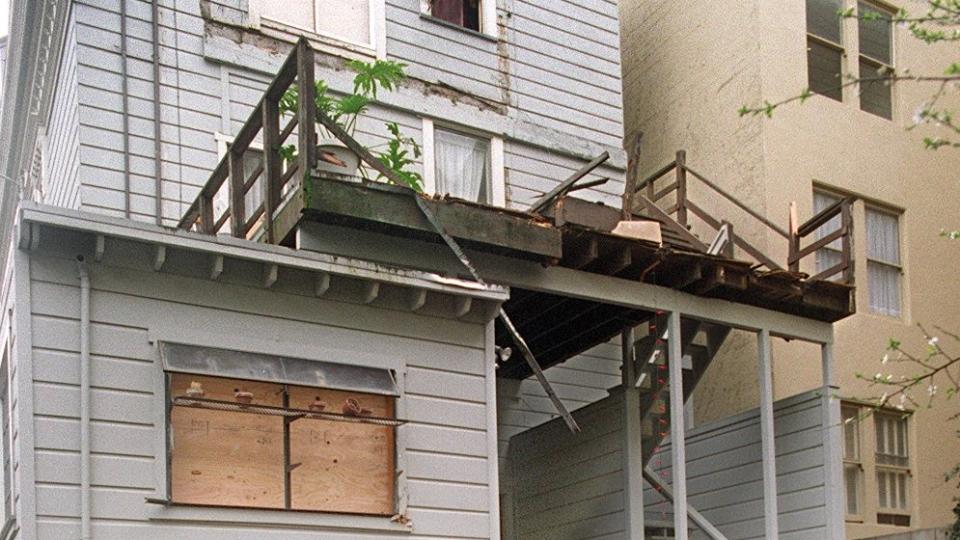Ready to schedule your Section 604 inspection? At DrBalcony, we specialize in providing thorough, reliable balcony inspections throughout California. Contact...
Read MoreThe Impact of Property Inspections on Homeowner Associations

A Glimpse into Home Sweet Home: Understanding Property Inspections
Every dwelling, no matter how humble or high-end, craves proper maintenance to ensure its lasting beauty. If you’re part of an HOA, a property manager, or simply a hands-on homeowner, then you know the vital role property inspections play in preserving the visual appeal and structural integrity of homes.
The Nitty-Gritty of Property Inspections
Property inspections aren’t just “surface level” walk-arounds. These involve some serious sleuthing that uncovers potential issues before they snowball into hefty repair bills. A thorough inspection encompasses every corner of your property – from checking for peeling exterior paint to scrutinizing the plumbing. It’s often said that a stitch in time saves nine, and in this scenario, timely inspections might save you a ton.
We’re not at all saying it’s all about kicking up dust—far from it. It’s more about ensuring everyone plays by the same rules and maintains the collective aesthetic of the community. Let’s go ahead and dive deeper!
Impact on Homeowner Associations (HOA)
You see, regular property inspections serve as the pulse check for every HOA. They allow an association to keep tabs on possible violations and enforce rules consistently. HOAs are known for their stringent regulations—they are, after all, designed to maintain harmony in the community. Without systematic inspections, rules might be inadvertently overlooked, creating tensions between homeowners and the board.
Furthermore, these assessments help in planning for future repairs and improvements, giving the association a clearer picture of their budgetary needs. Indeed, it’s safe to say that property inspections are the backbone of effective cost management within an HOA.
Wrapping Up: The Crucial Piece of the Puzzle
To sum it all up, property inspections bring immense value to homeowner associations, property managers, and homeowners alike. They are a crucial part of maintaining the harmony, beauty, and financial stability within a community. It might seem tedious, even annoying sometimes, but remember, it’s all about safeguarding your home sweet home.
Q&A Time: Let's answer some common queries
Q1: How often should property inspections be done?
This can vary depending on the age of the properties, the size of the community, or any unique local conditions. Generally, though, most homeowner associations aim for at least one comprehensive inspection every year.
Q2: What if a homeowner refuses to abide by the rules after an inspection?
If a homeowner persistently refuses to address issues found during an inspection, the HOA may enforce penalties as outlined in their governing documents. This can include fines or legal action.
Q3: Does the homeowner need to be present during the inspection?
While it’s not typically necessary for the homeowner to be present, it can be beneficial. They have the opportunity to clarify any doubts and better understand how to maintain their property.
Contact DrBalcony for a professional inspection!
Ensure the safety of your balcony and living space with DrBalcony - We're a Tech Engineering firm that specializes in California SB326 & SB721 balcony inspections. Over 300+ completed projects in California.
Request A Free EstimateClick To CallSimilar Blogs
Section 604 Inspection Frequency: How Often Are They Required in SF?
This blog dives into the details of Section 604 inspection requirements, exploring how often they’re needed and what you should...
Read MoreHandling Non-Compliance After a Section 604 Inspection in San Francisco
Non-compliance after a Section 604 inspection can feel overwhelming, but it's important to address issues promptly to ensure safety, maintain...
Read MoreHow to Find a Qualified Inspector for Exterior Elevated Element Inspections”
And while those laws might seem straightforward, finding the right inspector to assess your balconies and other exterior elevated elements...
Read More



